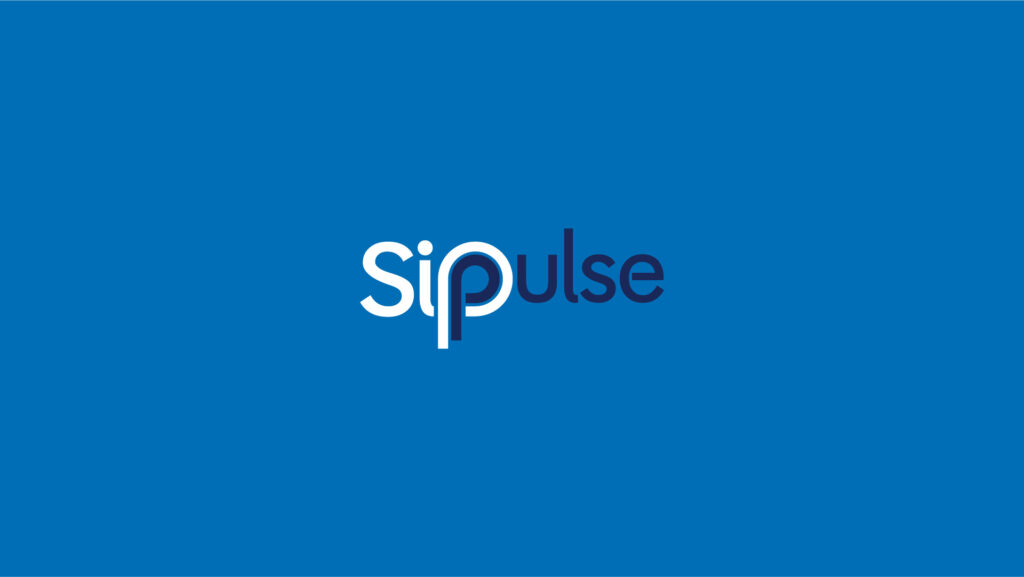ATI (Automatic Telco Identification) is a system responsible for identifying the operator of the dialed number. By correctly identifying the operator, telephone exchanges (PABX) can choose the lowest cost route, selecting the gateway (generally GSM) with the lowest cost for that operator, guaranteeing a free call or at a rate much lower than the cost of a forwarded call. by another operator.
The ATI consultation is entirely based on SIP, the same protocol used to make VOIP calls, this way we have a large number of advantages, after all it is not necessary to install any additional software, it is possible to manage the consultations with your system, from In the same way that it currently manages VOIP calls, there is the guarantee of a more agile consultation (the SIP package has a lifetime limit of 500ms), in addition to the easy configuration of your exchange, with the possibility of creating an alternative route, should this occur. any problem making the query.
Querying the ATI
Before we check how it works, it is interesting to inform you that the ATI has been approved for PABX switches based on Asterisk 1.4 or higher, in addition to Intelbras' CIP 850, Lyric and uTech gateways. However, there is the possibility that other SIP-based exchanges (that support 302 redirect) can also query the ATI, check with your supplier.
The equipment that performs queries on the ATI has a registered SIP trunk pointing to the ATI server, so all calls that you want to query are forwarded to this route. This way, when the user dials a cell phone – for example – the telephone exchange forwards this call to the ATI, which performs the query on its base and returns the number consulted with the RN1 code of the operator of this number, the telephone exchange handles this return and forwards via the route – with the lowest cost – registered to the operator returned by ATI.
Observe the call flow:
In the image above we can see four main steps to make the call:
1 – The user dials the number (48)9999-9999, this call request is sent to the center where they are registered;
2 – In the exchange, this number matches the rule for cell phones, which forwards the call to the ATI's SIP trunk;
3 – The ATI receives this number (in the DDD+number pattern), performs the query on its base and returns a 302 redirect with the queried number adding the RN1 code (55341 in the example) of the operator of this number;
4 – The center receives the number returned by the ATI (which matches another registered rule), processes the number received and forwards it to the lowest cost route for that operator.
It is important to highlight some other differences of this consultation service:
Update
It has a daily update (we guarantee updates every 3 days, to maintain control of failures). We must consider that there is a period of approximately two weeks until the ported number is available on the ABR Telecom base (the body responsible for controlling number portability in Brazil).
Reliability
The system is stored on a Cloud Server in the Amazon Data Center, operating with 99.5% of availability. In case of internet communication failure, the system will not interfere with your call. It will be completed, but without the guarantee of choosing the lowest cost route (if an overflow route is configured on your PBX).

